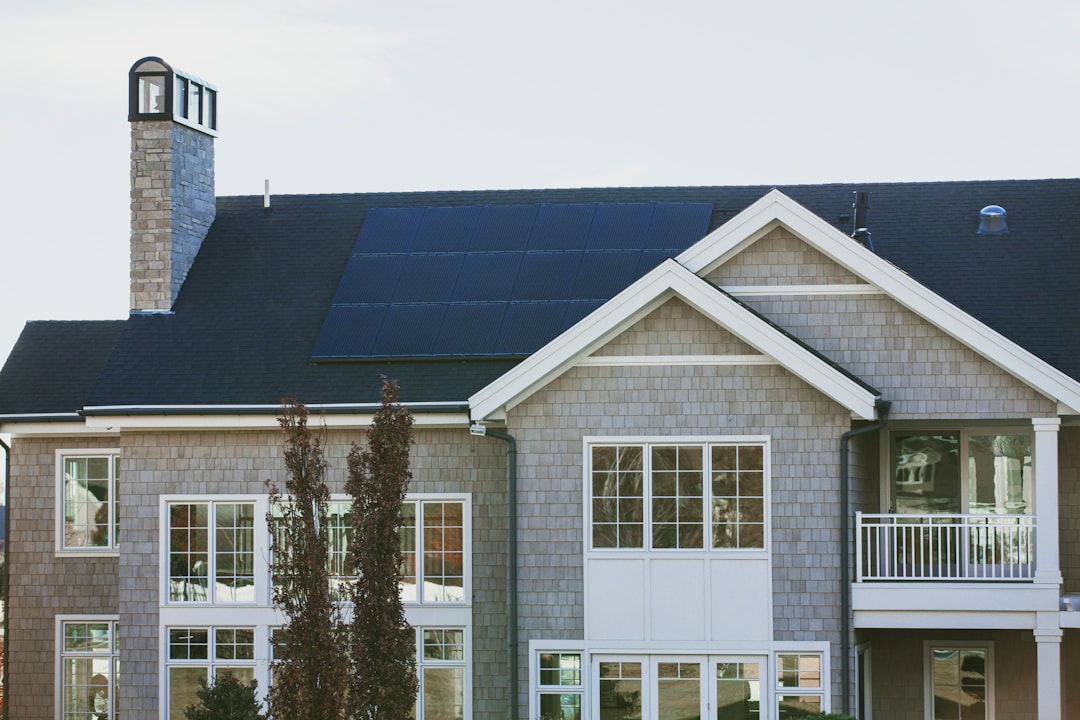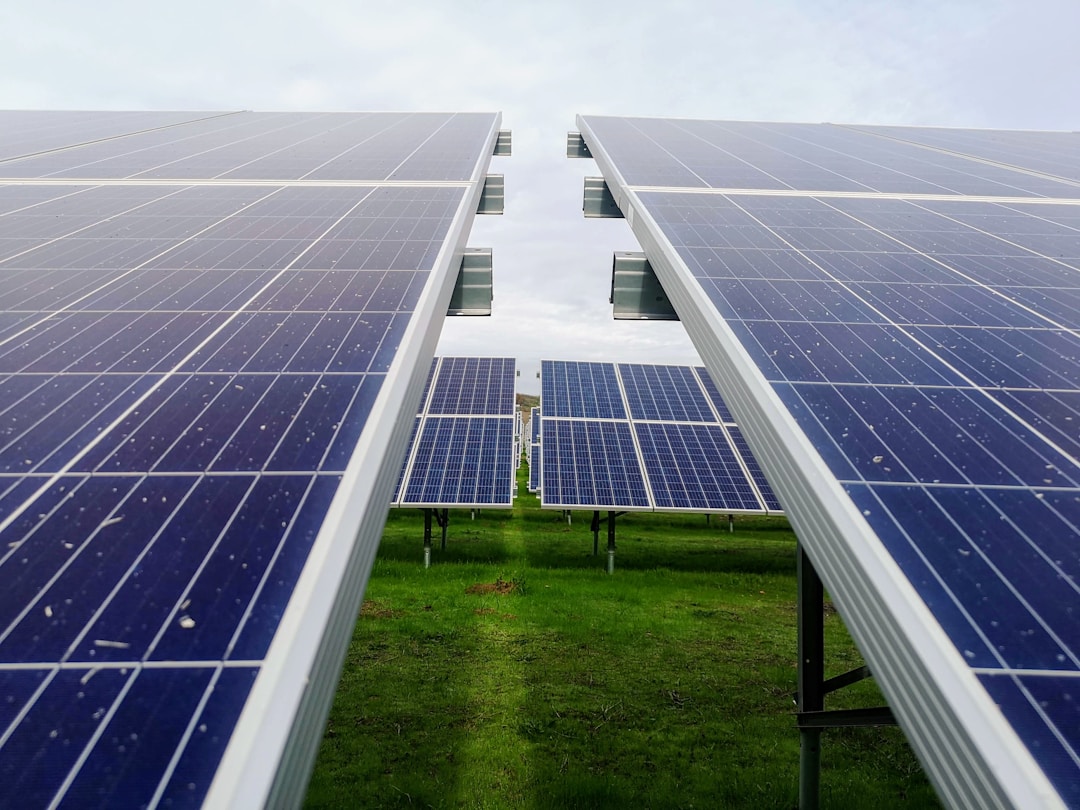Unlocking the Potential of Solar Rail Clamp: A Comprehensive Guide
Release Time:
Oct 31,2024
Solar rail clamps are essential components of solar energy systems

Introduction to Solar Rail Clamps
Solar rail clamps are essential components of solar energy systems, responsible for securely mounting solar panels on rooftops and other structures. These clamps ensure that solar panels remain stable and properly aligned, which is crucial for maximizing energy output. In this guide, we will explore the various aspects of solar rail clamps, including their types, installation procedures, maintenance tips, and more.
The Importance of Solar Rail Clamps in Solar Energy Systems
Solar rail clamps play a vital role in the overall efficiency and reliability of solar energy systems. Properly installed clamps contribute to a secure and stable mounting system that can withstand wind, rain, and other environmental challenges. By ensuring that solar panels are correctly positioned, these clamps help optimize energy absorption and minimize the risk of damage over time.
Types of Solar Rail Clamps
When selecting solar rail clamps, it is essential to understand the different types available, as each serves specific needs in the installation process.
3.1 Fixed Solar Rail Clamps
Fixed solar rail clamps are designed to provide a secure, permanent attachment for solar panels. These clamps are often used in situations where the solar panels are not expected to change position after installation. Fixed clamps typically offer a robust solution for residential and commercial solar applications.
3.2 Adjustable Solar Rail Clamps
Adjustable solar rail clamps provide the flexibility of changing the angle or position of solar panels after installation. These clamps are particularly beneficial in regions where seasonal changes may affect sunlight exposure. The ability to adjust the positioning of solar panels can significantly enhance energy capture throughout the year.
Installing Solar Rail Clamps: A Step-by-Step Guide
Installing solar rail clamps requires careful planning and execution to ensure a secure and efficient system. Below are the primary steps involved in the installation process:
1. **Preparation**: Begin by gathering all necessary tools and materials, including solar rail clamps, rails, mounting brackets, and a power drill.
2. **Site Assessment**: Evaluate the installation site to identify the best locations for the solar panels. Consider factors such as shading, roof orientation, and structural integrity.
3. **Mounting Rails**: Install the mounting rails according to the manufacturer's guidelines. Ensure that they are level and securely fastened.
4. **Positioning Clamps**: Place the solar rail clamps at the designated points along the rails, ensuring that they are evenly spaced for optimal support.
5. **Securing Panels**: Attach the solar panels to the clamps, ensuring that they are properly aligned and secured.
6. **Final Inspection**: Conduct a thorough inspection of the installation to ensure everything is secured correctly. Check for any potential issues that may arise.
Maintenance Tips for Solar Rail Clamps
Maintaining solar rail clamps is essential for the longevity of your solar energy system. Here are some maintenance tips to keep in mind:
- **Regular Inspections**: Periodically check the clamps for any signs of wear or damage. Look for loose screws, rust, or corrosion.
- **Cleaning**: Keep the clamps free from debris and dirt to ensure optimal performance. A clean solar panel surface allows for maximum light absorption.
- **Adjustments**: If using adjustable clamps, periodically assess the position of your solar panels to ensure they remain optimized for sunlight exposure.
Troubleshooting Common Issues with Solar Rail Clamps
Despite their durability, solar rail clamps can encounter issues. Here are some common problems and their solutions:
- **Loose Clamps**: If clamps become loose, it can lead to panel misalignment. Regularly check and tighten any loose screws or bolts.
- **Corrosion**: In coastal areas or regions with high humidity, corrosion can be a concern. Consider using stainless steel clamps or applying protective coatings to prevent rust.
- **Panel Movement**: If solar panels are shifting due to inadequate clamping, reassess the installation and ensure that clamps are securely fastened.
The Benefits of Using Solar Rail Clamps
Utilizing solar rail clamps offers several advantages for solar energy installations:
- **Enhanced Stability**: Clamps provide a stable foundation for solar panels, reducing the likelihood of damage during harsh weather conditions.
- **Improved Efficiency**: Properly installed clamps ensure optimal panel alignment, enhancing energy output and efficiency.
- **Cost-Effectiveness**: Investing in high-quality solar rail clamps can reduce long-term maintenance costs by preventing damage and ensuring longevity.
The Future of Solar Rail Clamps and Innovations
As the solar energy industry continues to evolve, so do the technologies and materials used in solar rail clamps. Innovations may include lighter materials for easier installation, enhanced designs for improved aerodynamics, and smart technologies that allow for remote adjustments to optimize energy capture. Keeping an eye on these developments can lead to better performance and efficiency for solar energy systems.
FAQs about Solar Rail Clamps
**Q1: What materials are solar rail clamps typically made from?**
A1: Solar rail clamps are usually made from durable materials such as aluminum or stainless steel to ensure resistance against rust and corrosion.
**Q2: How often should I inspect my solar rail clamps?**
A2: It is advisable to inspect solar rail clamps at least twice a year, particularly after severe weather conditions.
**Q3: Can solar rail clamps be used on uneven surfaces?**
A3: Yes, adjustable solar rail clamps can accommodate uneven surfaces, allowing for proper alignment of the solar panels.
**Q4: What is the typical lifespan of solar rail clamps?**
A4: High-quality solar rail clamps can last 20 years or more with proper maintenance.
**Q5: Do I need a professional to install solar rail clamps?**
A5: While DIY installations are possible, hiring a professional can ensure proper installation and compliance with local building codes.
Conclusion
Solar rail clamps are indispensable components in solar energy systems, ensuring the stability and efficiency of solar panels. By understanding the various types, installation techniques, and maintenance requirements, you can maximize the potential of your solar energy system. With the right care and attention, solar rail clamps will contribute to the longevity and effectiveness of your renewable energy investment for years to come. Whether you are considering installing solar panels or are already an owner, ensuring the optimal functionality of your solar rail clamps is key to harnessing the full potential of solar energy.
More information
Essential Guide to Solar Panel Mounting Systems for Industrial Equipment and Components
When it comes to the installation of solar panels in industrial settings
All You Need to Know About Solar Slate Tile Rooftop Mounting Hooks
having the right mounting hooks is crucial for ensuring a secure and efficient installation.




